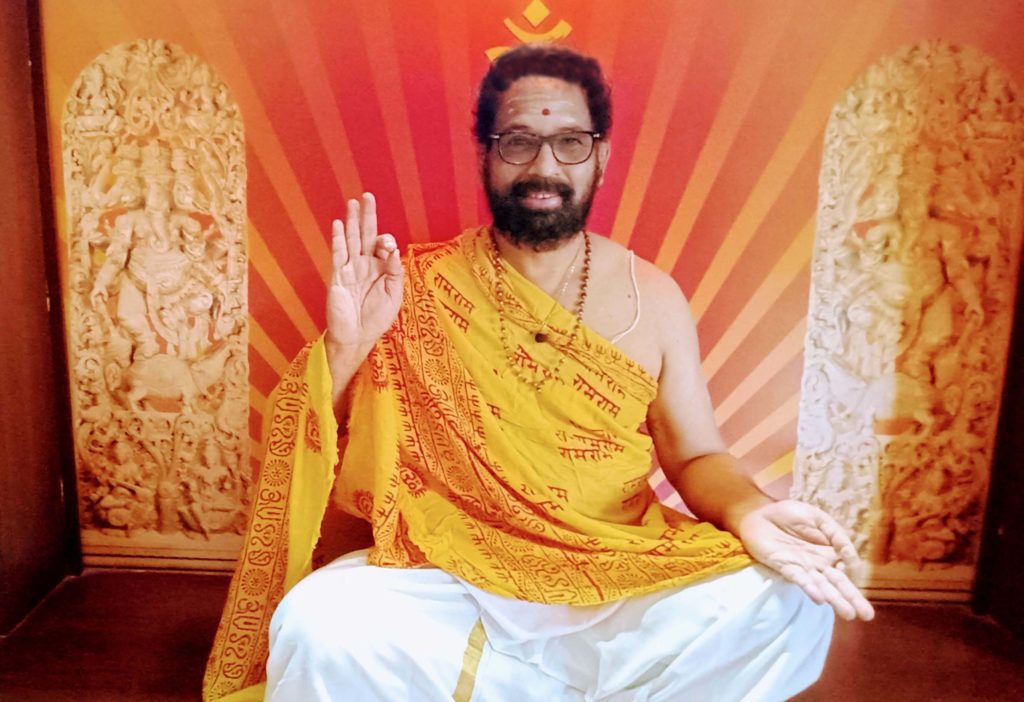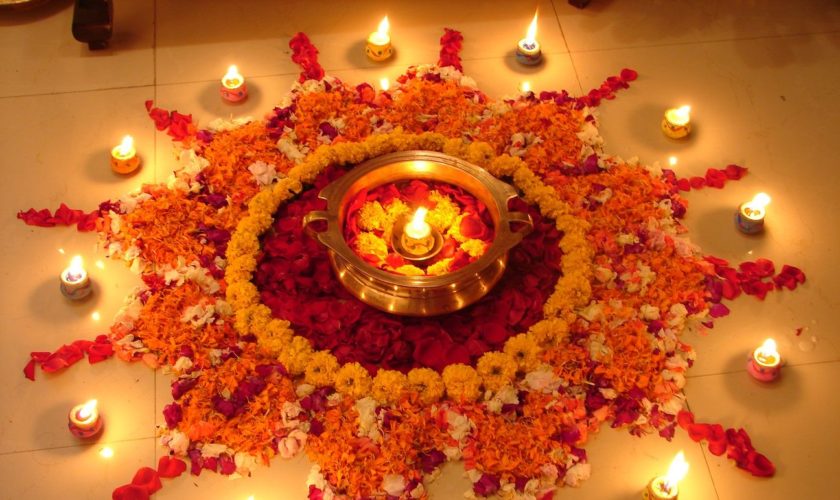Happy Deepawali: Mangal Ho ~ Mubarak Ho
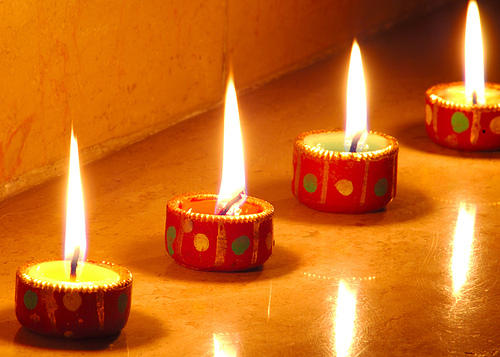
मंगल दिवस ~ मनोहर दीपावली
मेरे लिये तो स्वर्णिम युग के गीत सभी हैं दीप समान,
मेरे लिये हर दिन दीवाली, मेरे लिये नित गंगा स्नान.
हलवा, बर्फ़ी, लड्डू, गुजिया, खीर सभी हैं प्राणाहार,
मेरे लिये वो गीत ही प्राण, अपान, व्यान, उदान, समान.
सांझ सवेरे सोते जगते, कई सुहाने राग सुनूं,
मेरे लिये इन रागों से है, मेरे सुख दुख की पहचान.
गीतों की झंकार में झूमूं, सुरों के रस में जाऊं डूब,
मेरे लिये मदिरा जल है वो गीत मधुर जो भुलादे भान.
अपनी क़लम से ज्ञान के दीप जलाये लिखनेवालों ने,
मेरे लिये वही गीता ~ हदीस, मेरे लिये वही वेद ~ क़ुरान.
माना हर त्यौहार की अपनी महिमा है और गरिमा है,
मेरे लिये हर गीत के सुर लय ताल से हर त्यौहार की शान.
सुरों की धारा में बहकर जाना है स्वर से ईशवर तक,
पंख लिये आलाप और तान के, मन पंछी ने भरी उड़ान.
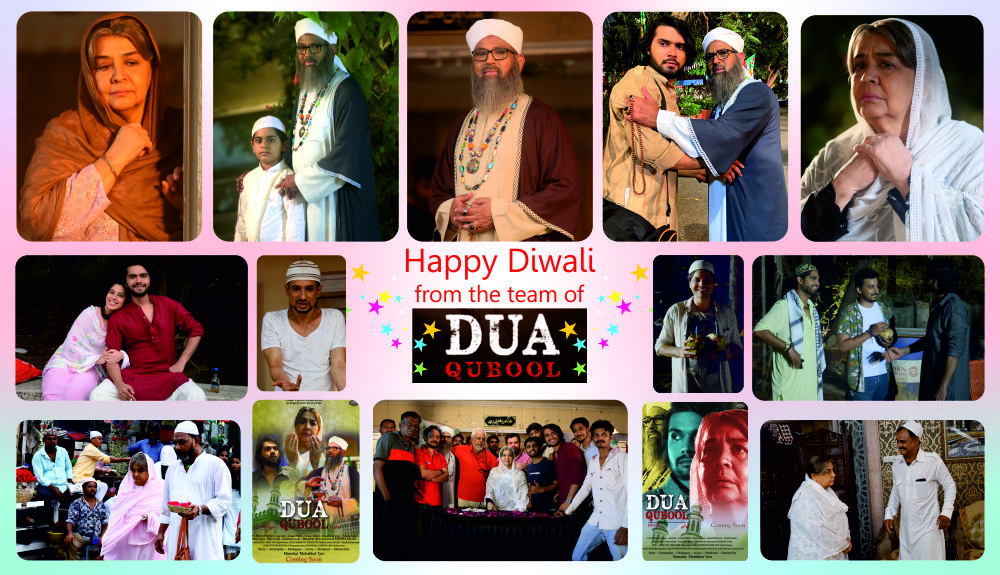
Films and Festivals
इश्क़िया शायरी or रूमानी गीत (romantic poetry) has been an eternal favourite of the Urdu poets and mainstream Hindi film lyricists. Love finds her way exulting in the expression and eagerness to manifest through different emotions and feelings. Wading her way through different genres of music including the festival oriented songs, love is the ultimate conquest of ’em all! These songs, wittingly or unwittingly, played an important role in integrating the diverse customs, culture, rituals and traditions and threading them together with the joyous expression of celebration.
Arguably, the two biggest festivals celebrated with great fervour all over the country are Diwali and Holi. Celebration of these festivals occupies a prime place in the Hindi films along with other festivals like Dassera, Eid, Ganesh Chaturthi, Janmashtrami, Raksha Bandhan to name a few.
All these festivals have their own glory and greatness, significance and splendour and myths associated with them which not many of us know (including me). Yet, we movie and music buffs identify or relate to these fiestas and festivals through some of the popular songs praising or panigyrising their beauty and bounty and picturised on sets ranging from the economical to the extravagant, low key to the lavish and plain to the pretentious. But the essence and ethos remain the same.
These celebration songs reflect generally the joyous state of mind of the characters or something momentous and at times, they are integrated seamlessly into the screenplay to heighten the dramatic quotient or portend some major calamity or danger.
Deepawali or Diwali
In the first in the series of festival songs titled ‘Mangal Ho ~ Mubarak Ho‘ giving a feel of the fiesta and festivity, the highlight is to be on the festival of lights called Deepawali or Diwali (meaning row of lighted lamps). Spectacular lightings, crackers and fireworks, colourful imaginative and intricate rungolis, an oil bath, offerings to the Goddess Laxmi, prayers and pooja for peace and prosperity, welfare and wealth, new dresses to all the family members, gifts to relatives and friends, a variety of sweets and savouries, sumptuous feast form part of the extensive rituals. Spiritually, the Deepawali signifies the triumph of light over darkness (light of knowledge over the darkness of ignorance) and the victory of good over evil.
Enlisted below are the rare and remote as well as the evergreen and enduring songs celebrating the festival of lights in Hindi films from the 1940s to 1970s.
| Year | Name of Film | Song |
| 1940 | Diwali | Ghar ghar deep jale |
| 1940 | Diwali | Jal deepak Diwali aayi |
| 1941 | Khazanchi | Diwali phir aa gayi sajni |
| 1942 | Duniya Tumhari Hai | Diwali hai, Diwali hai |
| 1943 | Kismat | Ghar mein Diwali hai |
| 1943 | Tansen | Deeya jalao jagmag jagmag |
| 1944 | Badi Baat | Phir aayi hai Diwali |
| 1944 | Jeevan | Woh chamak chamakkar aayi |
| 1944 | Rattan | Aayi Diwali, aayi Diwali |
| 1945 | Phool | Kya kehne, Diwali rani o tere kya kehne |
| 1946 | Laaj | Jyot se jyot jalaale aaj, aayi Diwali aayi |
| 1946 | Maharana Pratap | Aayi Diwali deeponwali |
| 1947 | Bhakta Dhruv | Mera deepak jug jug jale |
| 1947 | Renuka | Diwali ke chirago, hamen ishq sikhaado |
| 1948 | Kalpana | Deep jalao, deep jalao |
| 1948 | Pugree | Aayi Diwali deep jalao |
| 1949 | Amar Kahani | Diwali ki raat piya ghar aanewale hain |
| 1949 | Roshni | Pahan chunariya kaali, jhilmil deeponwali |
| 1950 | Sheesh Mahal | Aayi hai Diwali |
| 1951 | Jeevan Taara | Jagmag jagmag deep jale |
| 1951 | Stage | Jagmagaati Diwali ki raat aa gayi |
| 1953 | Shuk Rambha | Deep jalao angna mein laakh laakh |
| 1955 | Ghar Ghar Mein Diwali | Deep jale ghar ghar mein aayi Diwali |
| 1955 | Kanchan | Diwali ki raat piya (same song of Amar Kahani) |
| 1955 | Waman Avtar | Ghar ghar barso Laxmimata (dhanteras) |
| 1955 | Sabse Bada Rupaiya | Is raat Diwali ye kaisi |
| 1956 | Diwali Ki Raat | Aaha Diwali… Diwali ke deep |
| 1956 | Taj | Jahan mein aayi Diwali |
| 1957 | Anjali | Deepak se deepak jal gaye |
| 1957 | Paisa | Deep jalenge deep Diwali aayi ho |
| 1958 | Khazanchi | Aayi Diwali aayi, kaise ujaale laayi |
| 1959 | Paigham | Kaise Diwali manaayen hum lala |
| 1959 | Ujala | Chham chham lo suno chham chham |
| 1961 | Nazrana | Ik woh bhi Diwali thi |
| 1961 | Nazrana | Mele hain chiragon ke, rangeen Diwali hai |
| 1962 | Hariyali aur Raasta | Laakhon taare asmaan mein |
| 1962 | Sangeet Samrat Tansen | Deepak jalaao, jyoti jagaao |
| 1964 | Haqeeqat | Aayi ab ke saal Diwali |
| 1964 | Leader | Diwali aayi re… Daiyya re daiyya |
| 1969 | Dharti Kahe Pukar Ke | Deeye jalaayen pyar ke |
| 1973 | Jugnu | Nanhe munne bachche… deep Diwali ke |
| 1977 | Shirdi Ke Saibaba | Deepavali manaayen suhani |
Note: Some of the above songs may not be songs celebrating the festival but lyrically, with recurrent dropping of words like deep, deepak, deeya, they reflect the festive fervour and spirit of celebration of Diwali.
The Turbulent Thirties
Virtually, there were no Diwali (or other festival) ditties in the turbulent 30s. Hindi films and film music were still in their nascent stage and the emerging studios and filmmakers concentrated more on establishing themselves. The content driven, socially relevant films of Prabhat, films based on classics and legends of New Theatres, films with simple storylines of Bombay Talkies, the genre of films: costume, fantasy, mythological, stunt films of Imperial, Madan Theatres, Sagar Movietone, Wadia and others offered less scope for celebration and revelry.
The Festive Forties and Fifties
The trend, however, changed after the World War I in the late thirties when unscrupulous businessmen and other independent ‘producers’, with no idea of films or film music or the nitty gritty of filmmaking, entered the fray and whose prime focus was on entertainment, music and dances. The earlier studios had to, willy nilly, compete with them to be in the business.
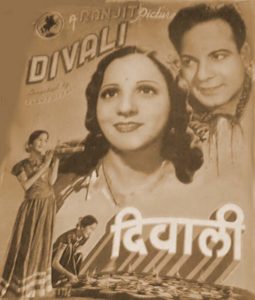 Arguably, the first Diwali song was heard in the film titled ‘Diwali’ (1940) made by Ranjit Movietone. The film starred Motilal and Madhuri. The film had two Diwali songs: one the chorus backed ‘Ghar ghar deep jale‘ and the other, a solo ‘Jal deepak diwali aayi‘ by Vasanti. Who better than the lilting luminary Khemchand Prakash with light and resplendence forming part of his name to give music for the film!
Arguably, the first Diwali song was heard in the film titled ‘Diwali’ (1940) made by Ranjit Movietone. The film starred Motilal and Madhuri. The film had two Diwali songs: one the chorus backed ‘Ghar ghar deep jale‘ and the other, a solo ‘Jal deepak diwali aayi‘ by Vasanti. Who better than the lilting luminary Khemchand Prakash with light and resplendence forming part of his name to give music for the film!
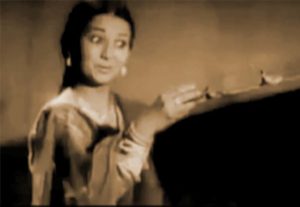 These were followed by the more popular and rhythmic: ‘Diwali phir aa gayi sajni‘ (a big rage then) sung by Shamshad Begum in her playback debut super hit film ‘Khazanchi’ (1941) made by Pancholi Productions. Music was given by Ghulam Haider who brought about a revolution with his trend setting music blending melody and rhythm in adequate measure. The song was picturised on Manorama who is remembered more for her impressive cameos in films like ‘Do Kaliyan’, ‘Mastana’, ‘Ek Phool Do Mali’, ‘Carvaan’, ‘Bombay to Goa’ and ‘Seeta aur Geeta’ to name a few.
These were followed by the more popular and rhythmic: ‘Diwali phir aa gayi sajni‘ (a big rage then) sung by Shamshad Begum in her playback debut super hit film ‘Khazanchi’ (1941) made by Pancholi Productions. Music was given by Ghulam Haider who brought about a revolution with his trend setting music blending melody and rhythm in adequate measure. The song was picturised on Manorama who is remembered more for her impressive cameos in films like ‘Do Kaliyan’, ‘Mastana’, ‘Ek Phool Do Mali’, ‘Carvaan’, ‘Bombay to Goa’ and ‘Seeta aur Geeta’ to name a few.
Among the other more popular Diwali numbers of the faraway 40s were:
‘Ghar ghar mein diwali hai, mere ghar mein andhera‘ by Amirbai from the all time biggest blockbuster ‘Kismat’ (1943) from the Bombay Talkies stable;
‘Deeya jalao jagmag jagmag: though not really a song celebrating the festival but the song, in Deepak raag, lights a thousand lamps through the sheer singing prowess of Mian Tansen (one of the nine jewels in the court of Akbar who conferred him the honorific ‘Mian’, meaning a learned man) played by K L Saigal from Ranjit’s super hit historical ‘Tansen’; and
‘Aayi diwali, aayi diwali‘ by Zohrabai from ‘Rattan’ (1944) yet another blockbuster musical starring Karan Dewan and Swarnalata.
Music in these films was by top legendary maestros: Anil Biswas, Khemchand Prakash and Naushad respectively.

By and large, the other songs of the decade were less popular including the one from K Asif’s multi starrer film ‘Phool’ (1945) despite a fleet of popular actors like: Prithviraj Kapoor, Yakub, Wasti, Veena, Sitara and Suraiya.
The fifties too had a number of Diwali ditties but not many became popular except the fun loving and satirical ‘Kaise diwali manaayen hum lala‘ sung by Mohammed Rafi for Johnny Walker from Gemini’s ‘Paigham’ with music by C Ramchandra and, to an extent, the spirited duet ‘Chham chham lo suno chham chham‘ sung by Manna Dey and Lata Mangeshkar from F C Mehra’s ‘Ujala’ with music by Shankar~Jaikishan; their first collaboration with Shammi Kapoor.

The Sheenless Sixties and Seventies
The musical resplendence of the festival was reflected less in the films of the later decades particularly the 60s and 70s, the last two decades of the golden era of film music (the four bright candles at the beginning of the write up represent the four musical decades: 1940s, 50s, 60s and 70s). Among the popular songs of the 60s were the two melancholic Mukesh numbers: ‘Ek woh bhi diwali thi‘ from ‘Nazrana’ (1961) and ‘Laakhon taare asmaan mein‘ from ‘Hariyali aur Raasta’ (1962); the latter a duet with Lata Mangeshkar. The melody and the mood, the lyrics and the lament in these two songs indicate that the lights of joy and jubilation are at times dimmed by the darkness of sadness and sorrows; light and darkness, hope and disappointment, sad and glad are two contrasting and coexisting facets of life!

Arguably, the last popular Diwali song of the golden era was the hugely popular ‘Deepavali manaayen suhani‘ sung with blithe spirit by Asha Bhosle for an expressive and nimble footed adolescent named Kumari Mahalaxmi from the film ‘Shirdi Ke Saibaba’ with music by Pandurang Dixit.

The Post Eighties
In the post 80s, there were a few Diwali ditties like: Aaja saathiya manaayen jhoom ke diwali (Ek Aur Sikandar), Ek swarg hai asmaan par (Amba), Aayi hai diwali, suno ji gharwali (Aamdani Atthanni Kharcha Rupaiya), Happy Diwali (Home Delivery … Aap Ko Ghar Tak).
Also a few chartbusters from mega films like ‘Mohabbaten’, ‘Kabhi Khushi Kabhi Gham’, ‘Padmavat’, picturised on visually attractive and captivating sets amidst sparkling lights and shimmering tiny deeps and deeyas and with a bevy of top notch actors warming up the screen to notch up the decibels causing almost a head turn, have been passed of as ‘Diwali’ songs; the bottomline is they do bring in the celebration spirit of the festival.
With the same undying blithe spirit, ‘Deepavali manaayen suhani’. Let not the panic of any pandemic strike us or any lockdown lackadaisical lethargy dampen the enthusiasm and excitement of the festival of lights and dilute the glow and glitter. Don’t lie low, don’t go slow; grow with the flow, all aglow; for Diwali is now and here and not faded away the way it has from the Hindi films in the last four decades!
Happy Deepawali: सर्वे भवन्तु सुखिन:
